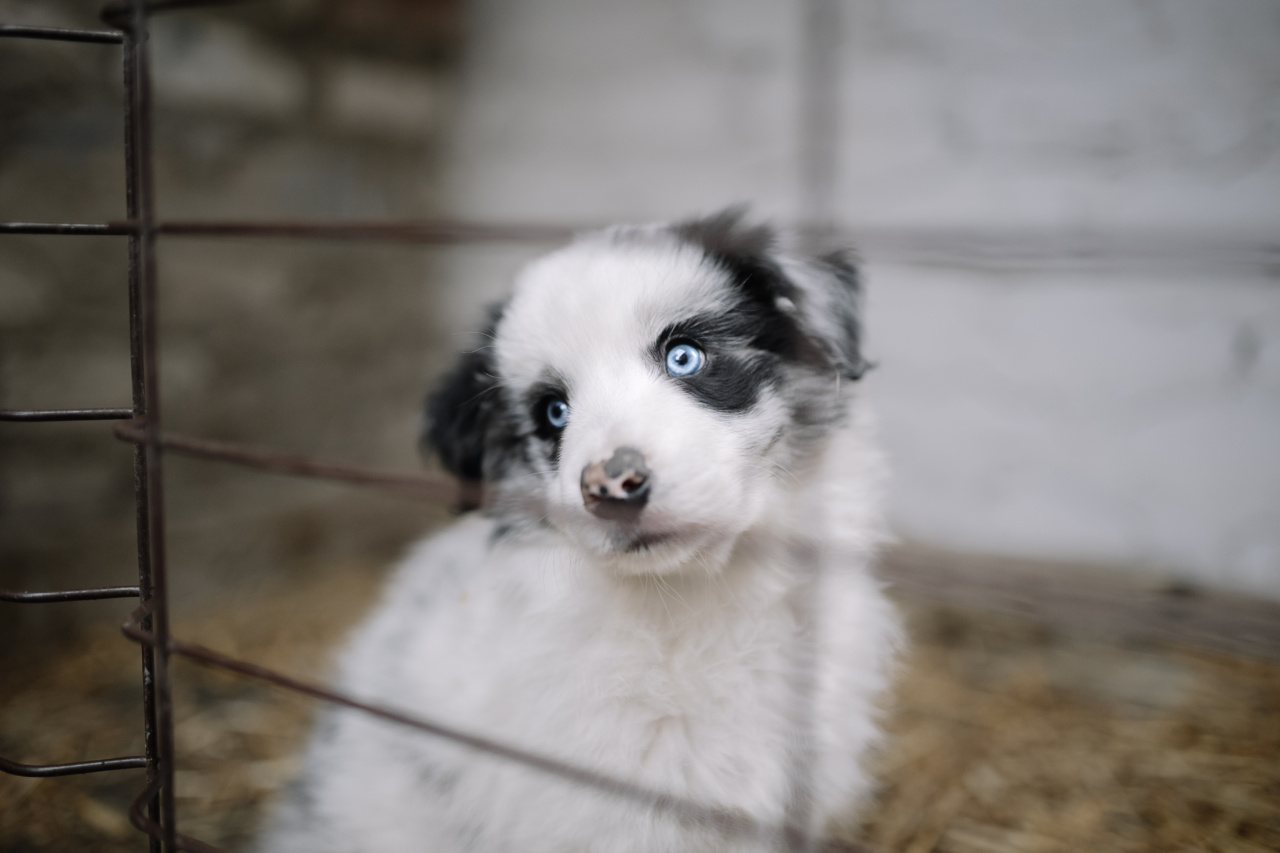Canine behavior is a fascinating subject that intrigues pet owners. Dogs are some of the most intelligent animals on the planet and are very responsive to human interaction.
Understanding your pet’s body language and deciphering their actions can reveal important information about their thought processes and emotions.
How Dogs Learn
Dogs are incredibly receptive to rewards and punishment. They learn from these incentives and respond accordingly. Positive reinforcement, like treats and praise, is an excellent way to train your pet.
Conversely, punishment may lead to anxiety, fear, and avoidance.
Dogs enjoy taking on new challenges. Learning and experimenting give them a sense of satisfaction. When a dog masters a new trick or behavior, it gives them an ego boost and can increase their self-confidence.
If you want to encourage your dog to learn and grow, offer them opportunities to earn rewards while teaching them new things.
The Power of Encouragement
Dogs are incredibly responsive to positive reinforcement. When they complete a task or exhibit favorable behavior, it’s essential to reward them with praise, treats, or affection.
This gesture encourages dogs to repeat favorable actions, making future training sessions easier for both you and your pet.
When you’re teaching your dog, pay attention to their body language. A dog that is happy and engaged will have their tail held high, their ears perked up, and their body relaxed.
If your pet seems disinterested or unresponsive, try adjusting your communication strategy. Some dogs may respond best to verbal cues, while others may prefer visual prompts like hand signals.
Be aware of how frequently you’re rewarding your dog. If you’re providing a treat every time they complete a task, it may lead to overfeeding and obesity.
Instead, offer positive reinforcement in the form of affection, such as petting or playing.
Identifying Jealousy in Dogs
Just like humans, dogs can experience jealousy. When a dog feels that their owner is diverting attention from them, they may exhibit signs of jealousy. Some common indications include vocalization, destructive behavior, or aggression.
It’s essential to understand the underlying causes of your pet’s jealousy. Often, environmental factors, like the addition of a new pet or family member, can trigger jealousy.
It’s important to ensure that each pet has their designated space for food, water, and shelter to minimize competition and alleviate conflict.
Body Language Clues
Dogs communicate their emotions through body language. It’s essential to understand the cues they exhibit when experiencing jealousy so that you can appropriately address any issues. Some common body language indicators of jealousy include:.
- Aggressive posturing or growling
- Attempting to garner attention through pawing, nudging, or vocalizing
- Showing signs of anxiety, such as panting, pacing, or trembling
- Favoring one owner over another
- Exhibiting destructive behavior, like chewing or scratching household items out of frustration
How to Address Jealousy
If you suspect that your pet is experiencing jealousy, it’s imperative to address it promptly. Ignoring the issue may lead to further behavior problems and exacerbate the situation.
Communication is key when it comes to identifying and addressing jealousy. Be sure to allocate equal amounts of attention to each pet and provide plenty of positive reinforcement to minimize conflict.
Training and positive reinforcement techniques can also assist in easing your pet’s jealousy. Identifying the underlying cause of the behavior and addressing those factors may also relieve the symptoms of jealousy.
If you’re having difficulty dealing with your pet’s jealousy, it may be beneficial to consult with a professional animal behaviorist to identify the root of the problem and devise a solution.
Conclusion
Understanding your dog’s behavior is essential to building a healthy and happy relationship.
Recognizing the power of positive reinforcement and understanding how to identify and address jealousy can help ensure that your pet is content and well-adjusted. Pay attention to your pet’s body language, and adjust your communication style accordingly. With a bit of patience and persistence, you can foster a deep and meaningful bond with your furry friend.



























